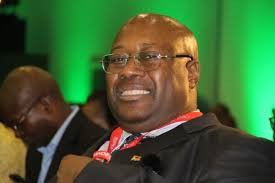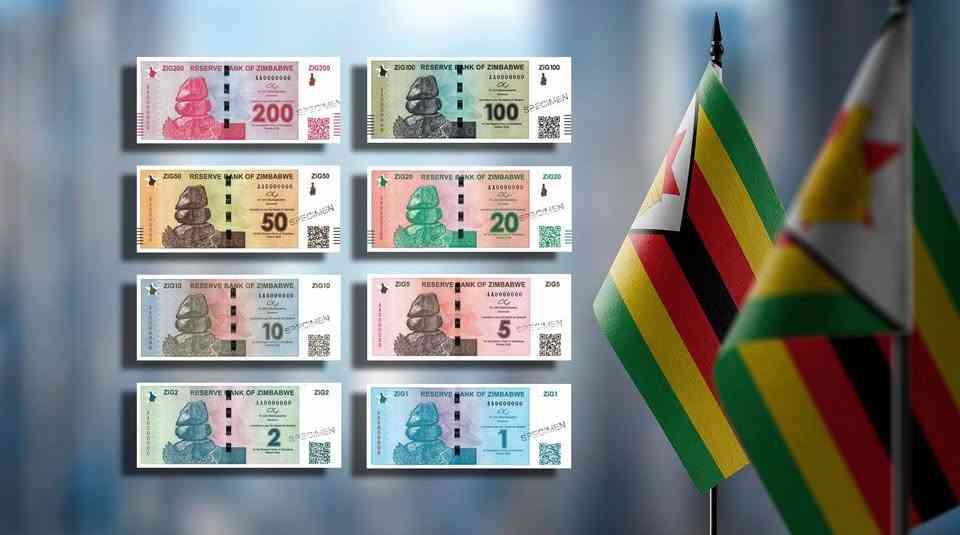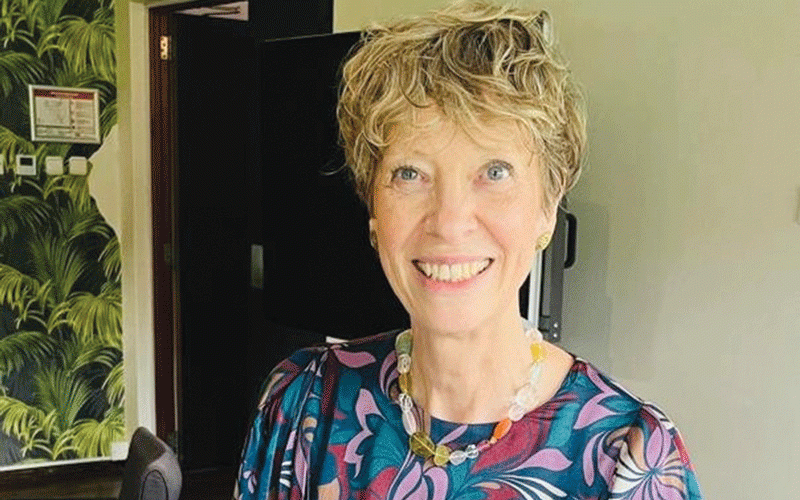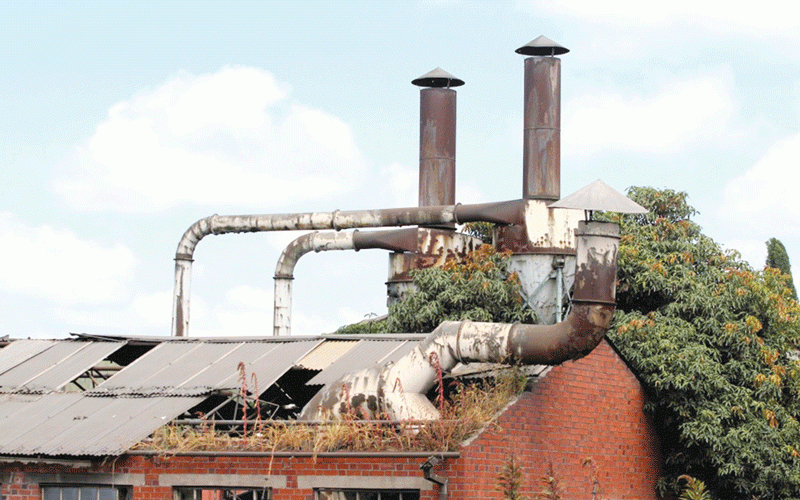
ZIMBABWE is positioning itself to become a serious contender in the global ferrochrome market, buoyed by a surge in investment and a wave of expansion projects that could significantly ramp up national output.
Although the country is not yet among the world’s top five producers of ferrochrome — a key ingredient in stainless steel — Mines minister Winston Chitando says the trajectory has changed dramatically in recent years.
“If you look at the top ferrochrome producers — say, the top five — Zimbabwe currently does not feature among them,” Chitando told the Zimbabwe Independent in an interview this week. “The reason, of course, is the lack of sufficient capital flowing into the mining industry historically.
“However, since the onset of the Second Republic, we have seen unprecedented investments in mining.”
He said among the key beneficiaries of this investment surge was the ferrochrome subsector, where production capacity has expanded significantly.
One of the largest players, Afrochine Smelting, ramped up its operations between 2018 and 2020 and now produces approximately 180 000 tonnes of ferrochrome annually. In addition to major producers, the country has about 10 small-scale operations contributing between 3 000 and 80 000 tonnes each.
Chitando said Zimbabwe was expected to produce around 270 000 tonnes of ferrochrome this year.
While this still lags behind output from global leaders such as South Africa and Kazakhstan, it represents a substantial increase from previous years.
- Businessman locks horns with top judges
- Sunsleey Chamunorwa: Of journalism and reggae’s level vibes
- Renowned journalist Sunsleey Chamunorwa dies
- Student teachers want corporal punishment back
Keep Reading
Chitando said the most transformative project currently underway was the Palm River initiative, which has already commenced production at an initial capacity of 100 000 tonnes.
Once fully operational, he said, the facility was projected to deliver up to one million tonnes per year — an output that could significantly elevate Zimbabwe’s position on the global ferrochrome stage.
Chitando revealed that several investors — both local and international — were expressing keen interest in Zimbabwe’s chrome belt.
“Some are looking to expand existing operations, while others are preparing to establish new ventures,” he said.
With global demand for ferrochrome rising steadily, Zimbabwe could be on the verge of a mining boom, provided current investment momentum is maintained and policy support remains strong. To that end, the government has introduced a new chrome mining policy designed to ensure that resource extraction translates into meaningful industrial development.
Under the policy, Chitando said, any chrome mining application covering more than 100 hectares should now include a commitment to either build or expand smelting infrastructure.
This approach is intended to promote domestic value addition rather than simply exporting raw minerals.
“The whole idea is whoever gets a chrome mining concession above 100 hectares, there should be a clear demonstration that it's going to feed into expansion of an existing asset, or it's feeding into an asset, a furnace capacity, which is being developed,” he said.
The policy also aims to curb speculative acquisition of mining titles and to promote sustainable development amid increasing investor interest.
Chitando said several large-scale projects were under negotiation, with both regional and international companies exploring Zimbabwe as a growth destination for ferrochrome production.
However, challenges remain. Zimbabwe continues to grapple with persistent electricity shortages and logistical bottlenecks, including inadequate railway infrastructure to transport bulk materials to ports.
Environmental and social concerns linked to some unregulated chrome operations are also emerging as pressing issues.
Despite these hurdles, there is cautious optimism within the mining sector. As geopolitical tensions reshape global supply chains, Zimbabwe’s potential as a stable and alternative source of strategic minerals is attracting renewed international attention.
The United Kingdom and the European Union, in particular, are under pressure to diversify their mineral supply chains away from politically sensitive regions such as Russia.
In this context, Zimbabwe’s resurging ferrochrome sector could offer a compelling alternative — if supported by consistent policy execution and infrastructure development.











